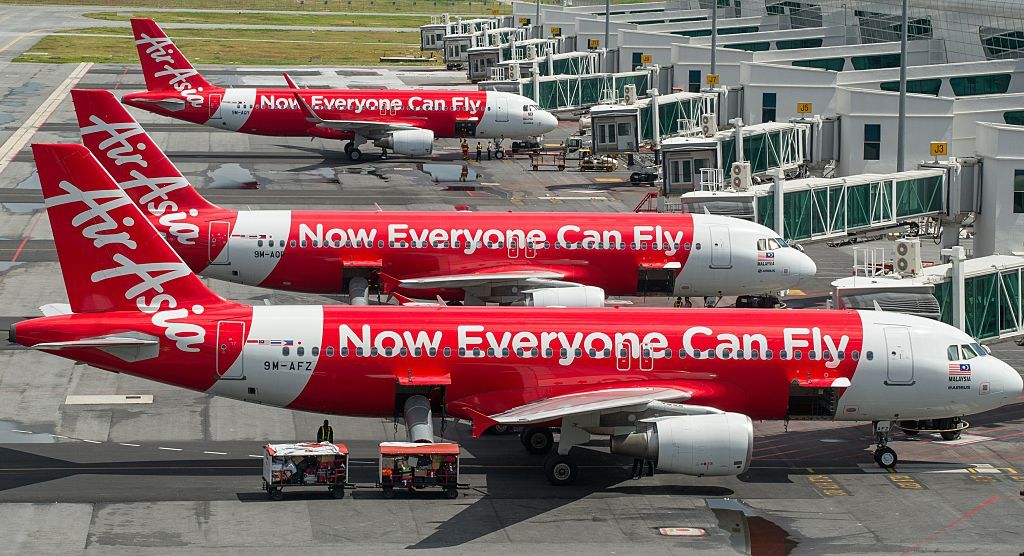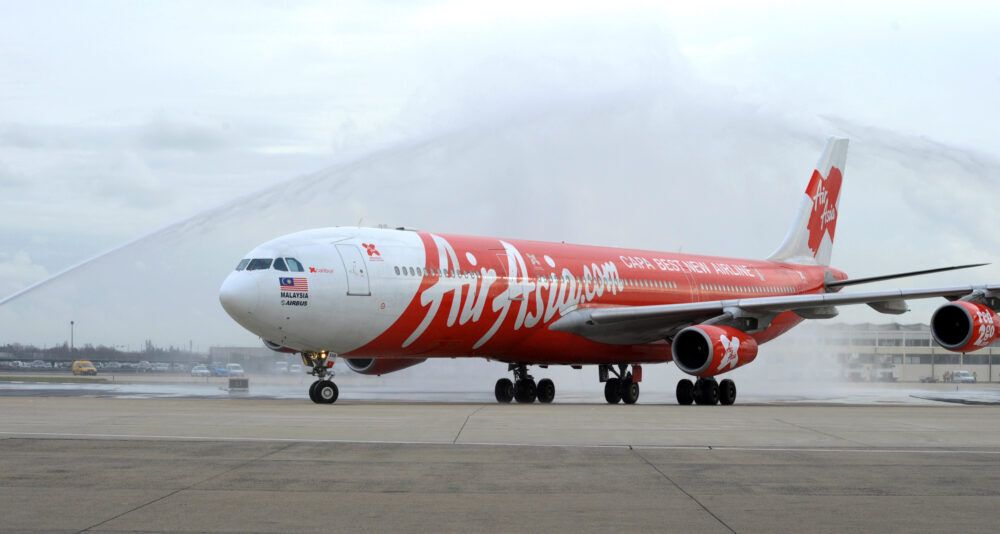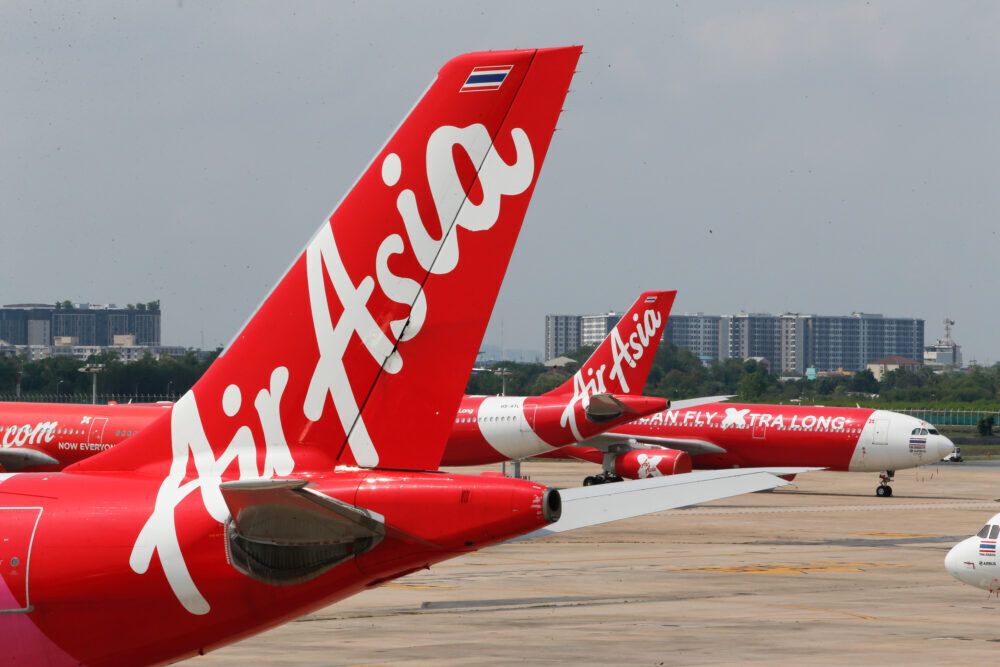Like many airlines worldwide, Malaysian low-cost carrier AirAsia is looking ahead to the clearer skies of post-pandemic aviation. With coronavirus having been impacting the industry for well over a year now, AirAsia's Group CEO Tony Fernandes has revealed that he foresees his airline's recovery taking a little longer than that of European carriers.
AirAsia's recovery projections
Speaking today at FlightPlan's 'C-Suite Week' event, AirAsia Group CEO Tony Fernandes reflected on a wealth of topics concerning his well-established low-cost airline. Going forward, AirAsia has plans to become more than an airline. Indeed, it intends to establish itself as a digital lifestyle brand, with features including a 'Super App' and its own bank.
Fernandes also had a lot to say when it came to operational factors at AirAsia, and reflected at length on his projections for the carrier's recovery. The Malaysian low-cost carrier is still waiting for this to begin, but Fernandes believes that signs of improvement will emerge later this year. Wider-scale normality should follow next year. Fernandes explained:
"I think we will begin to start to recover, like England or the US did at the beginning of this, probably by about September or October. And I'd say by the second quarter of next year, we'll begin to resemble [pre-pandemic levels]."
Stay informed: Sign up for our daily and weekly aviation news digests.
While Mr Fernandes' recovery projections are not unreasonable, he believes that the process will be slower for AirAsia than if it were based in Europe. Indeed, for Europe, the AirAsia Group CEO believes that airlines will have made a full recovery by the first quarter of 2022.
This is in line with Wizz Air's beliefs that "things are going to be back to normal next summer." However, Asia has its own geographical challenges. Fernandes explains that, as a continent, it "will always be a little bit behind, because we have big countries." He added:
"India is massive, so how long will that take to recover fully where borders are open for Indians to come, and vice versa? [And for] China, how ready are they to let their people out into certain parts of Asia? And they've got cases in the single digits. I feel Asians have had it harder, and governments are a little bit tighter than you would be in Europe."
Longer-term desires
Considering where aviation will be in the next five to 10 years, Fernandes pictures a very different industry. Although AirAsia itself may not price to be a beneficiary of the potential upcoming advent of supersonic air travel, he still believes that it "is going to be very large. And I dare say, a lot of legacy airlines will move in that direction."
Fernandes would also like to see better market segregation between full-service and low-cost carriers. For him, the line between such airlines has become blurred. He said:
"There's a good market for legacy airlines, but I think they should focus on what they know best, and low-cost carriers should focus on what they know best. (...) That's why airlines have been a poor returner of capital, because people have tried to do everything themselves."
What do you make of AirAsia's recovery projections? Are you planning to fly with the Malaysian low-cost carrier any time soon? Let us know your thoughts in the comments.



